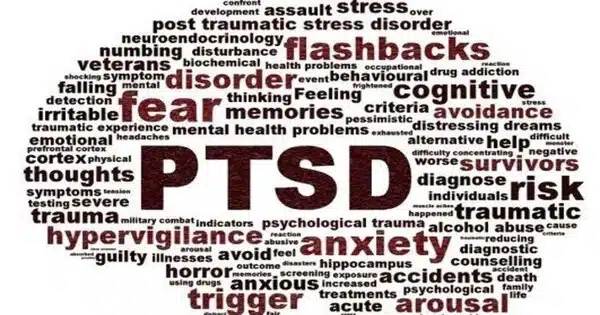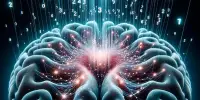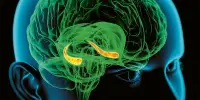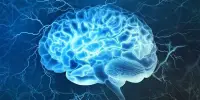Various essential processes occur in the brain during sleep, which contribute to emotional regulation and memory consolidation, among other functions. Disruptions in these processes can increase anxiety and make it difficult to manage emotions. Some of the symptoms associated with PTSD can be alleviated by focusing on and improving sleep.
A new study suggests that sleep spindles, which are brief bursts of brain activity captured by EEG during one phase of sleep, may regulate anxiety in people suffering from post-traumatic stress disorder (PTSD).
The study sheds light on the role of spindles in PTSD anxiety relief and confirms their previously established role in the transfer of new information to long-term memory storage. The findings contradict previous research that found spindles may increase intrusive and violent thoughts in people suffering from PTSD.
The preprint’s final draft was published in Biological Psychiatry: Cognitive Neuroscience and Neuroimaging.
These findings may be meaningful not only for people with PTSD, but possibly for those with anxiety disorders. There are non-invasive ways that might harness the benefits of this sleep stage to provide relief from symptoms.
Anne Richards
“These findings may be meaningful not only for people with PTSD, but possibly for those with anxiety disorders,” said senior author Anne Richards, MD, MPH, of the UCSF Department of Psychiatry and Behavioral Sciences, the Weill Institute for Neurosciences and the San Francisco VA Medical Center.
“There are non-invasive ways that might harness the benefits of this sleep stage to provide relief from symptoms,” she explained.
The researchers enrolled 45 people who had all experienced combat or noncombat trauma; roughly half of them had moderate PTSD symptoms, while the other half had milder symptoms or were asymptomatic. The spindles were studied while sleeping during non-rapid eye movement 2 (NREM2) sleep, which accounts for approximately 50% of total sleep.
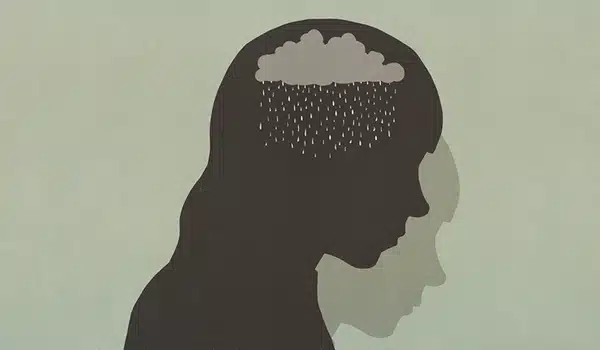
Violent Images Used to Test Brain Processing
Participants in the study were subjected to a “stress visit” in which they were shown images of violent scenes such as accidents, war violence, and human and animal injury or mutilation, followed by a two-hour lab-monitored nap.
Anxiety surveys were administered both immediately following exposure to the images and after the nap, when recall of the images was tested. The anxiety levels in the stress visit were also compared to those in a control visit that did not include exposure to these images.
Sleeping Meds, Electrical Stimulation May Promote Sleep Spindles
The naps in tthe study took place shortly after exposure to violent images – raising a question about whether sleep occurring days or weeks after trauma will have the same therapeutic effect. The researchers think this is likely, and point to interventions that could trigger the spindles associated with NREM2 sleep and benefit patients with stress and anxiety disorders.
Prescription drugs, such as Ambien, are one option that should be investigated further, according to Richards. “But a big question is whether the spindles induced by medications can also bring about the full set of brain processes associated with naturally occurring spindles,” he says.
Electrical brain stimulation is another area that needs more research, according to the researchers. “Transcranial electrical stimulation, which involves passing small currents through the scalp to boost spindle rhythms, or so-called targeted memory reactivation, which involves a cue, such as an odor or sound, used during an experimental session and replayed during sleep, may also induce spindles,” Natraj explained.
